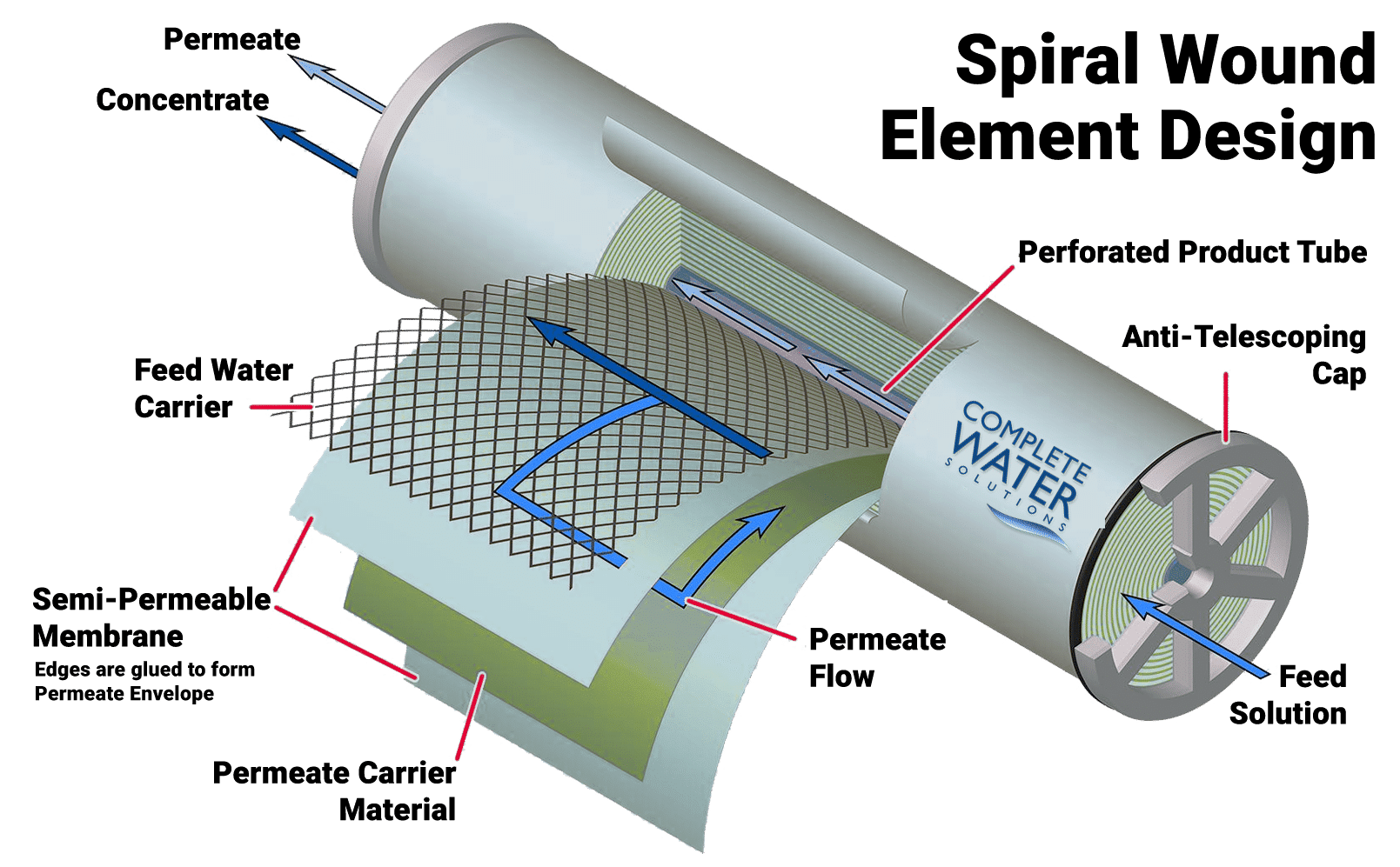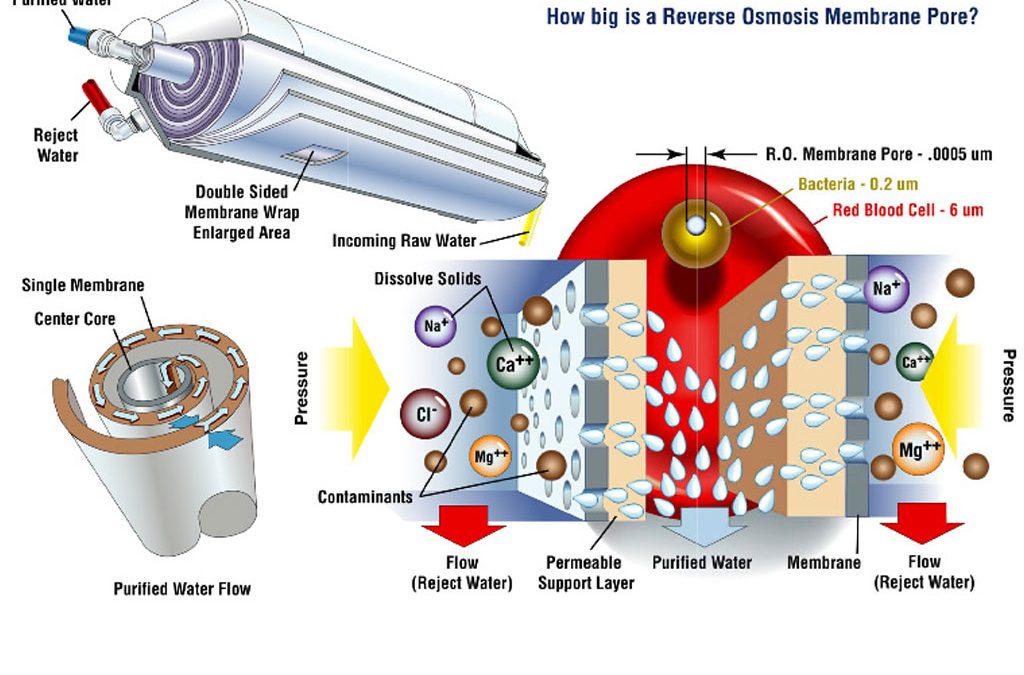Reverse osmosis (RO) is a widely used water treatment process that removes dissolved impurities, such as salts and minerals, from water by using a semi-permeable membrane. The design of an RO system is critical to ensure the efficient operation and performance of the system. Here are some of the basics of RO design:
Feed Water Quality:
The quality of the feed water, including its total dissolved solids (TDS) level, pH, and temperature, must be determined before designing an RO system. The feed water quality affects the design of the RO system, including the size and number of membranes, the pressure and flow rate, and the pre-treatment requirements.
Membrane Selection:
The type and number of membranes used in an RO system depend on the feed water quality, the desired product water quality, and the system's operating conditions. Membranes are available in different materials, sizes, and configurations, and their selection affects the performance, cost, and durability of the system.
Pre-treatment:
Pre-treatment of the feed water is necessary to remove suspended solids, colloidal particles, and other impurities that can foul or damage the RO membrane. Pre-treatment processes may include sedimentation, filtration, chemical dosing, and pH adjustment.
System Configuration:
The configuration of an RO system depends on the feed water quality, the desired product water quality, and the application. RO systems may be designed as single-stage or multi-stage systems, with each stage having one or more membranes. The system may also include a booster pump, a permeate tank, and a recirculation system.
Operating Parameters:
The operating parameters of an RO system, such as the pressure, flow rate, and recovery rate, are critical to the system's performance and longevity. The operating parameters are determined based on the feed water quality, the desired product water quality, and the membrane manufacturer's recommendations.
In summary, the design of an RO system involves determining the feed water quality, selecting the appropriate membrane, designing the pre-treatment system, configuring the RO system, and setting the operating parameters. Proper design and operation of an RO system can ensure efficient performance and long-term durability of the system.



